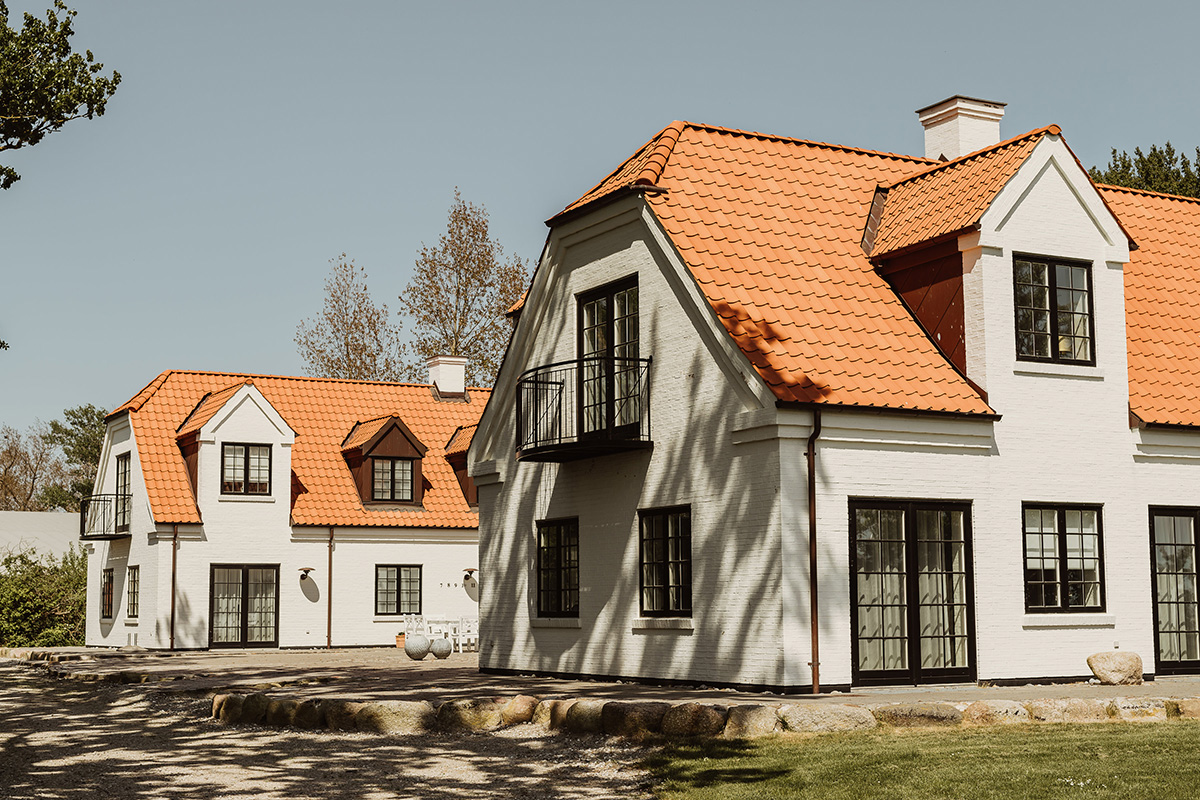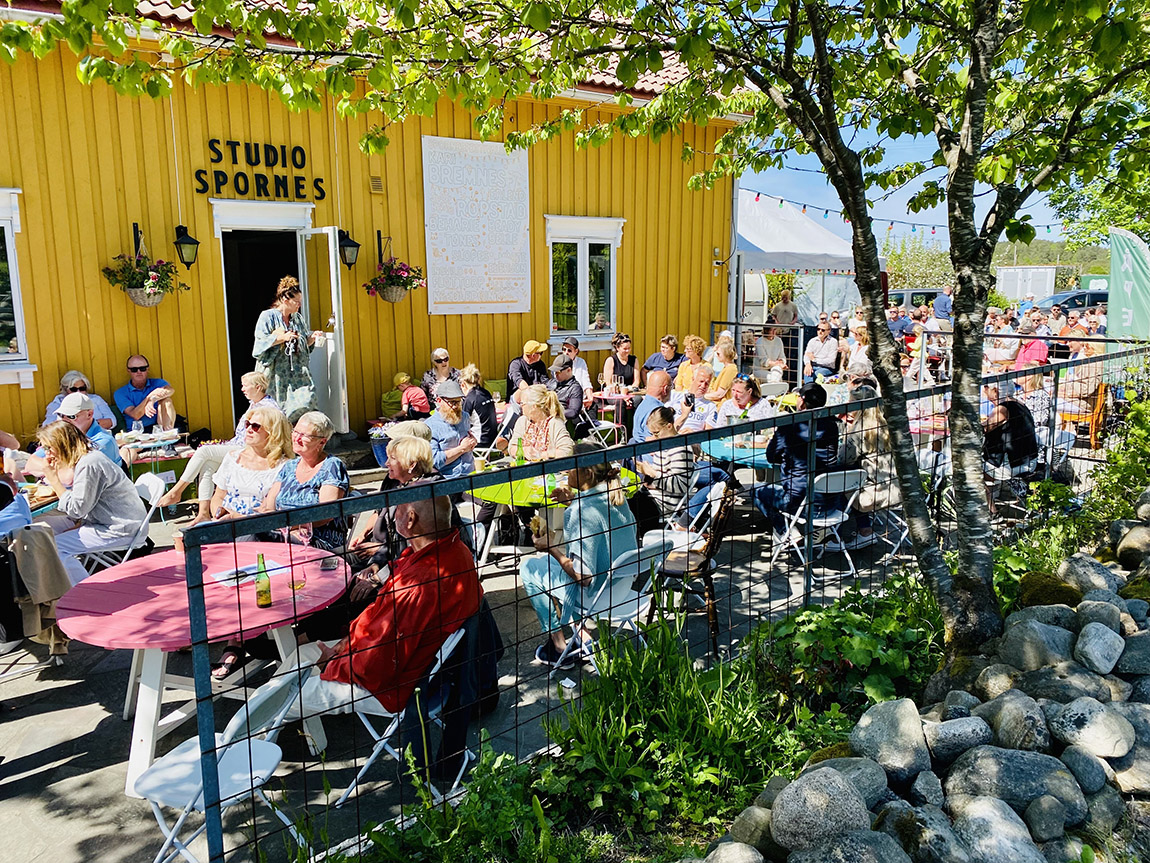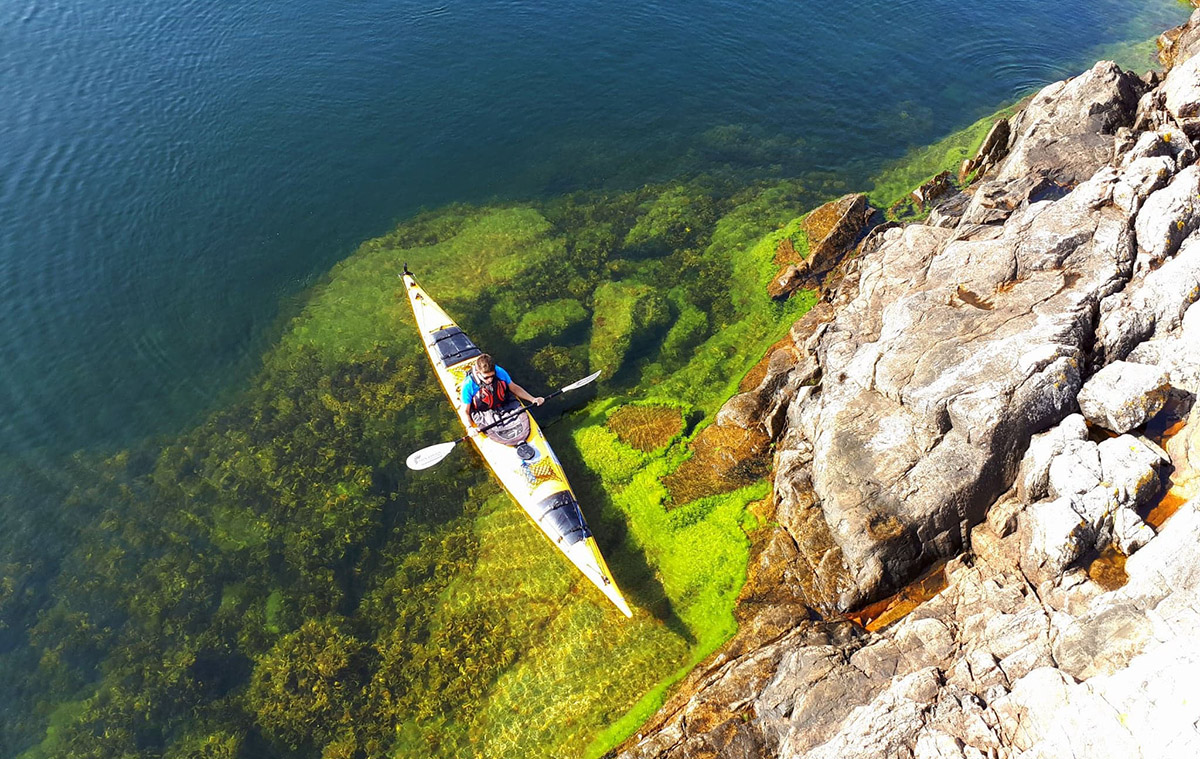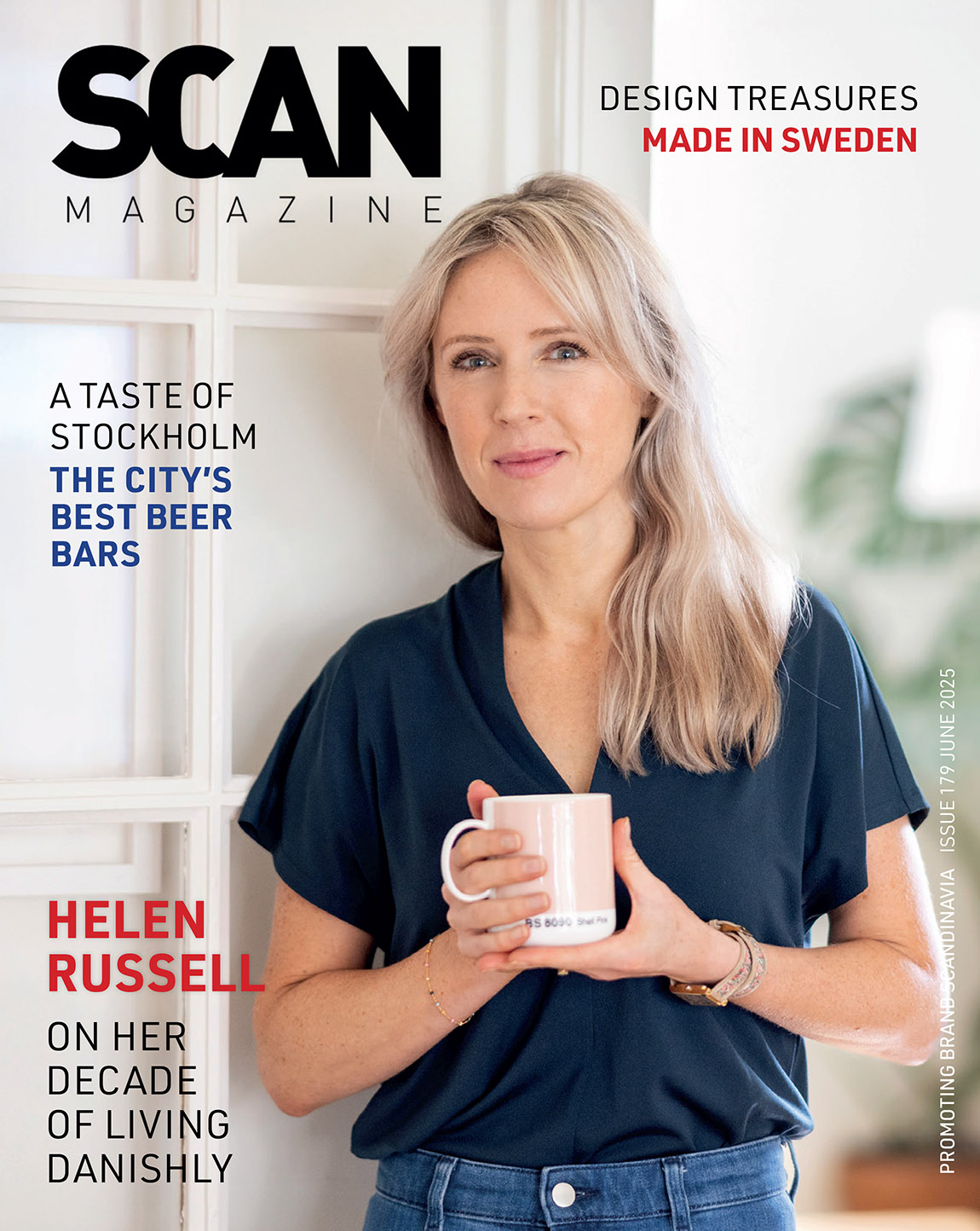Setesdal: Connecting past and present
By Eva-Kristin U. Pedersen
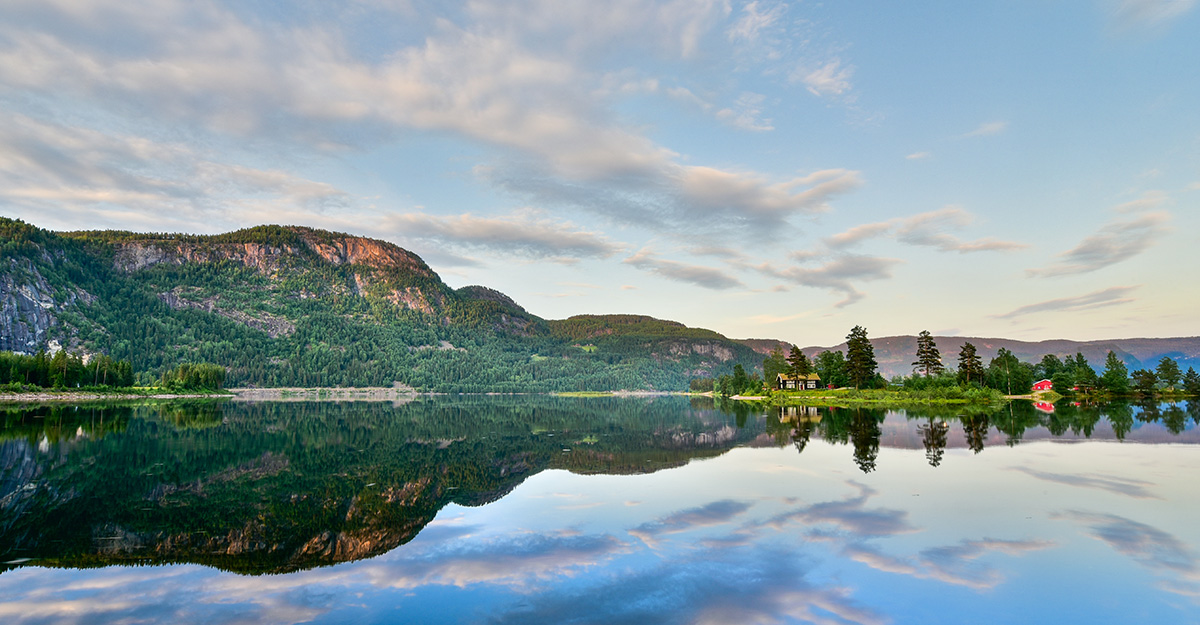
Photo: Geir Daasvatn
Boasting a breathtaking landscape and rich cultural traditions, Setesdal in southern Norway offers spectacular experiences for both nature lovers and culture buffs. Indeed, the valley, which is recognised by UNESCO as representative of humanity’s intangible cultural heritage, is a jewel of the past as well as the present.
The valley of Setesdal stretches from the lowlands north of Kristiansand through the municipalities of Bygland and Valle to Bykle, the northernmost part of the valley. Travelling up the valley is a spectacular journey with much to offer visitors throughout the year.
Setesdal is also one of the places that has best preserved Norwegian traditions. Its relative remoteness has ensured that a range of cultural practices, from cooking traditions to silver smithery and local dialects – many of which are tricky to understand for outsiders – not only have survived but even flourished.

Visitors are likely to bump into local groups performing folk dance in traditional costumes. Photo: Geir Daasvatn
UNESCO recognition
First and foremost, however, Setesdal’s culture is expressed through music.
Traditional music and dance from Setesdal was included on UNESCO’s list of intangible cultural heritage in 2019, the first such recognition in Norway and something the local population is immensely proud of.
Visitors can enjoy traditional music and dance through several events, especially during the summer. In fact, you are almost bound to bump into a show or two somewhere as one of the key ways of ensuring the transmission of folk music and dance, is through “Culture Patrols”. Culture Patrols are groups of young musicians and dancers dressed in traditional folk costumes that spend their summers performing in various places such as restaurants, local squares and parks, throughout the valley.
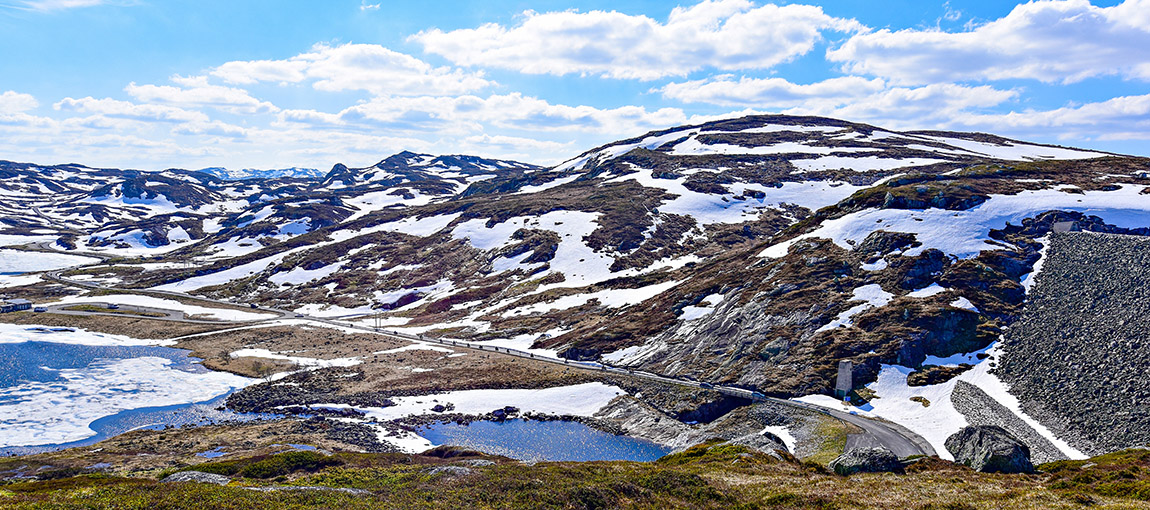
Brokke-suleskarvegen. Photo: Geir Daasvatn
Hiking and climbing
Yet there are many other things to experience in Setesdal as well. Hiking is one of them and is very well organised. Marked trails cross the mountains and dotted along routes are several tourist cabins, including typical day trip cabins where hikers can take breaks to relax and socialise with other hikers. If you want to spend the night in the mountains, the Norwegian Tourist Association also offers lodgings at very reasonable prices. Some of these cabins are staffed in the summer and offer meals, often local food prepared in a traditional manner.
Setesdal also attracts many mountain climbers and is a well-known destination for climbers from all over Europe, in particular thanks to Northern Europe’s longest via ferrata.
“There are actually three via ferrata in Valle; the spectacular Straumsfjellet, which is the longest, but there is also a slightly easier one at Nomelandsfjellet, as well as a path at Brokke which is also suitable for children. In addition, there are several regular climbing routes in the valley,” explains Torunn Charlotte Nyberg of the Valle municipality.
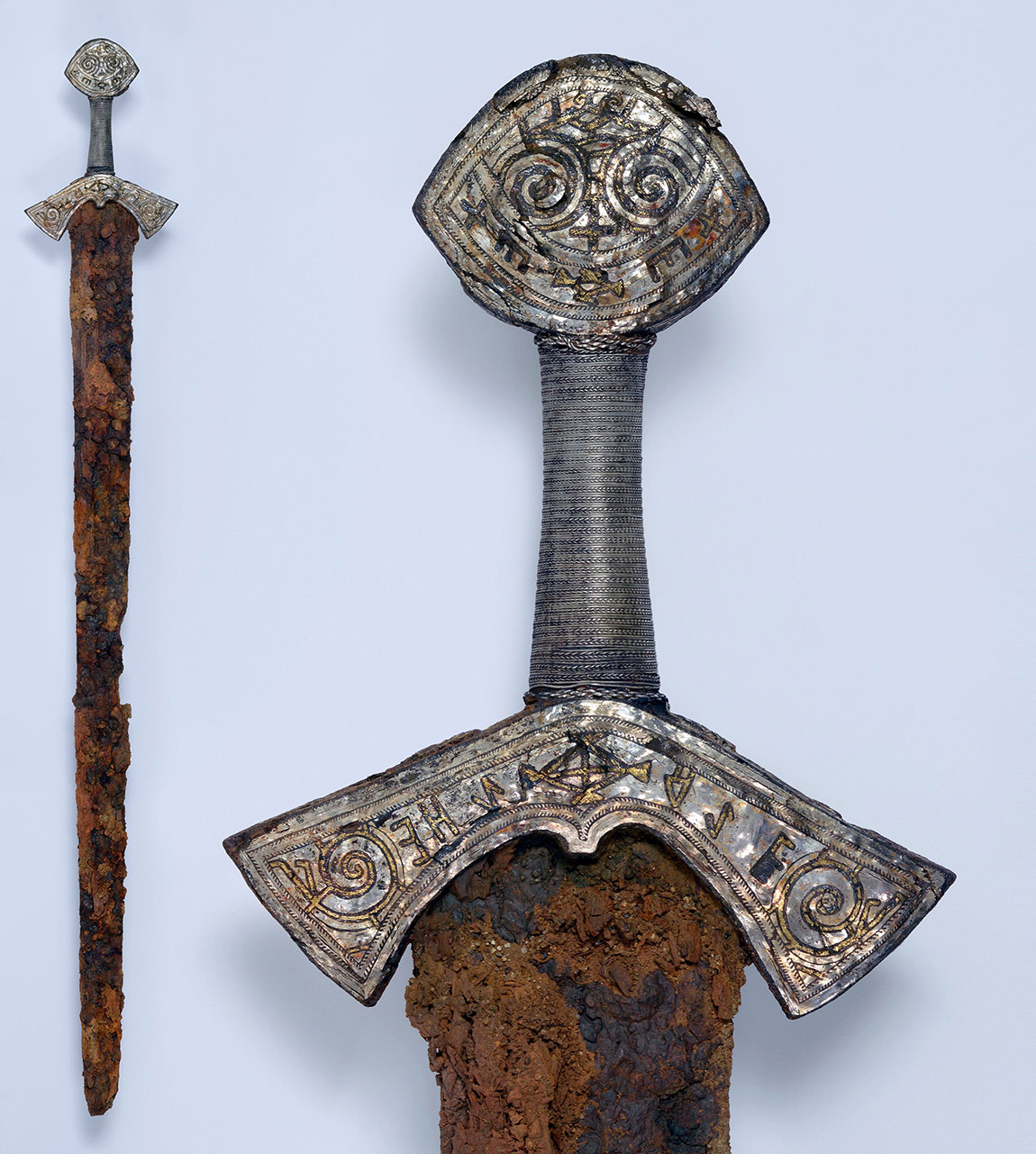
Langeid sword. Photo: Vegard Vike, KHM UiO
Bygland’s mysterious sword
Driving up through Setesdal, the first municipality you reach, is Bygland. Historians believe that Bygland may have been an important trading post in the Viking era and the area is covered in artefacts from that time. The most famous is the intriguing Langeid sword, which experts believe belonged to King Canute.
Found in a grave in Langeid, in 2011, the sword is covered in mystical Christian signs yet lying in a heathen grave, providing testimony to the battle between the old Viking beliefs and the new Christian faith that slowly paved its way through Norwegian hearts and minds from year 1000 and onwards.
Setesdal has been inhabited continuously since the age of the Vikings and for those interested in learning more about what life was like in Setesdal in pre-modern times, a visit to the Bygland Museum and in particular the Hagen Husmannsplass is highly recommended. A “husmannsplass” is the very modest dwelling of tenant farmers – and places where it does not take much imagination to understand that for many people survival was no easy feat.
While still in Bygland, you may want to catch a ride with Bjoren on the magnificent Byglandsfjord. Bjoren is a steamboat used for conventional transport since the 1840s. It was taken out of use in 1957 but has since been restored and is now a part of the Bygland Museum.
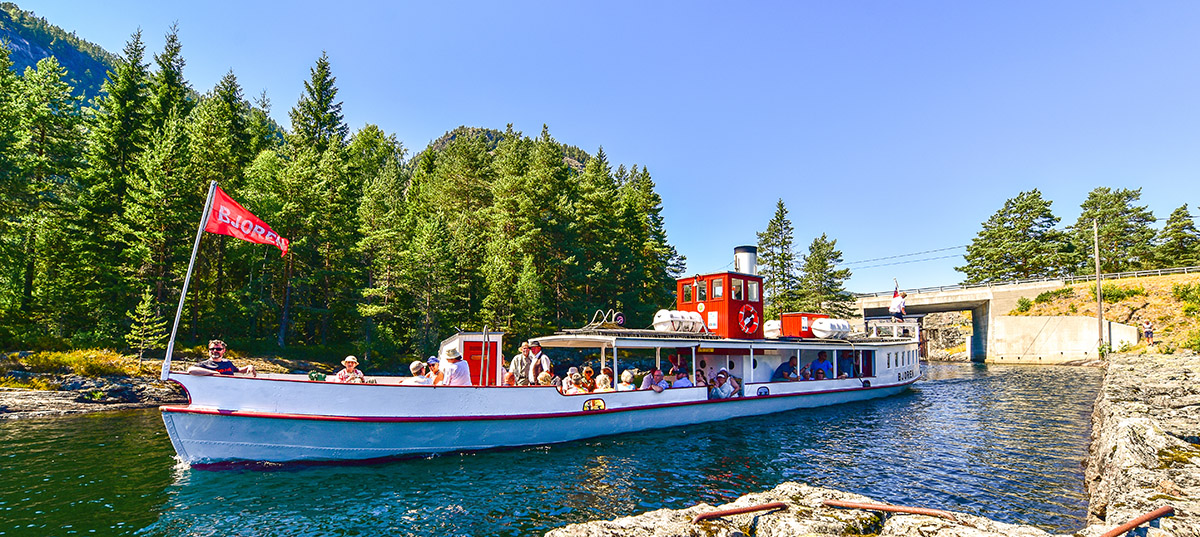
SS Bjoren is a wood-fuelled steamboat offering roundtrips on the lake Byglandsfjorden.
Valle’s Culture Patrols
Moving north from Bygland, you reach Valle, the centremost of the three Setesdal municipalities. Already as you enter Valle, you can tell how important music is; in the main roundabout, as you approach the centre of the municipality, you will be greeted by the world’s largest Jew’s harp. Weighing 330 kg, it is modelled after an original Jew’s harp made by the well-known harp smith Bjørgulv Straume, yet is 50 times larger than the original.
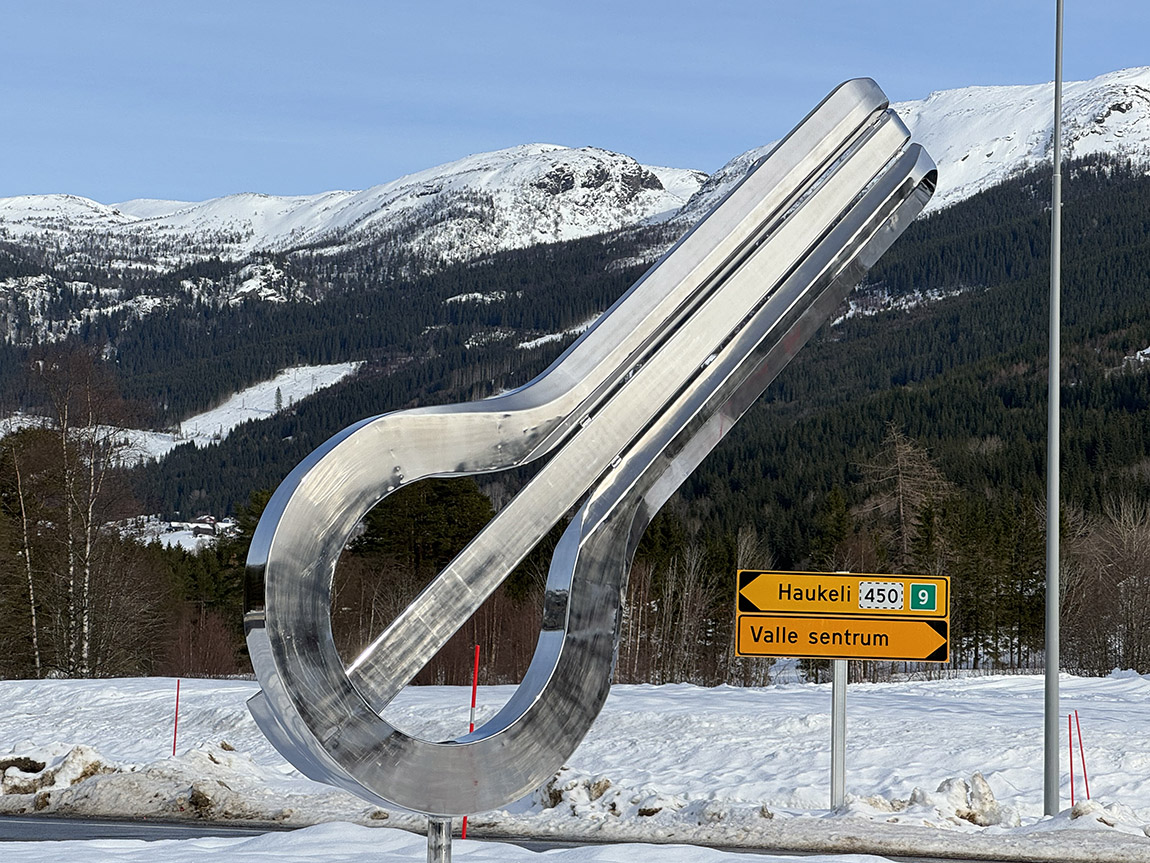
Jews harp. Photo: Geir Daasvatn
If you visit Valle during the first weekend of August, you will not want to miss the Folk Music Festival at Rysstad. With concerts, competitions and exhibitions but also courses in dancing, traditional singing (“kveding”) and Norway’s national instrument, the “Hardingfele”, the festival at Rysstad is a definitive must for everyone interested in traditional music.
Rysstad is also home to an exciting project that showcases Setesdal’s ability to not only conserve old traditions but to keep them alive by actively engaging with them. The “Setesdal Stavkyrkje” is a very particular construction project; craftsmen are planning a brand new stave church, mixing old traditions with modern know-how. The project has already attracted much attention both in Norway and abroad and the building process, planned to start in 2025, will be open to the public. Until then, visitors can enjoy a very detailed model at the nearby Setesdal museum, “Setesdalsmuseet”.
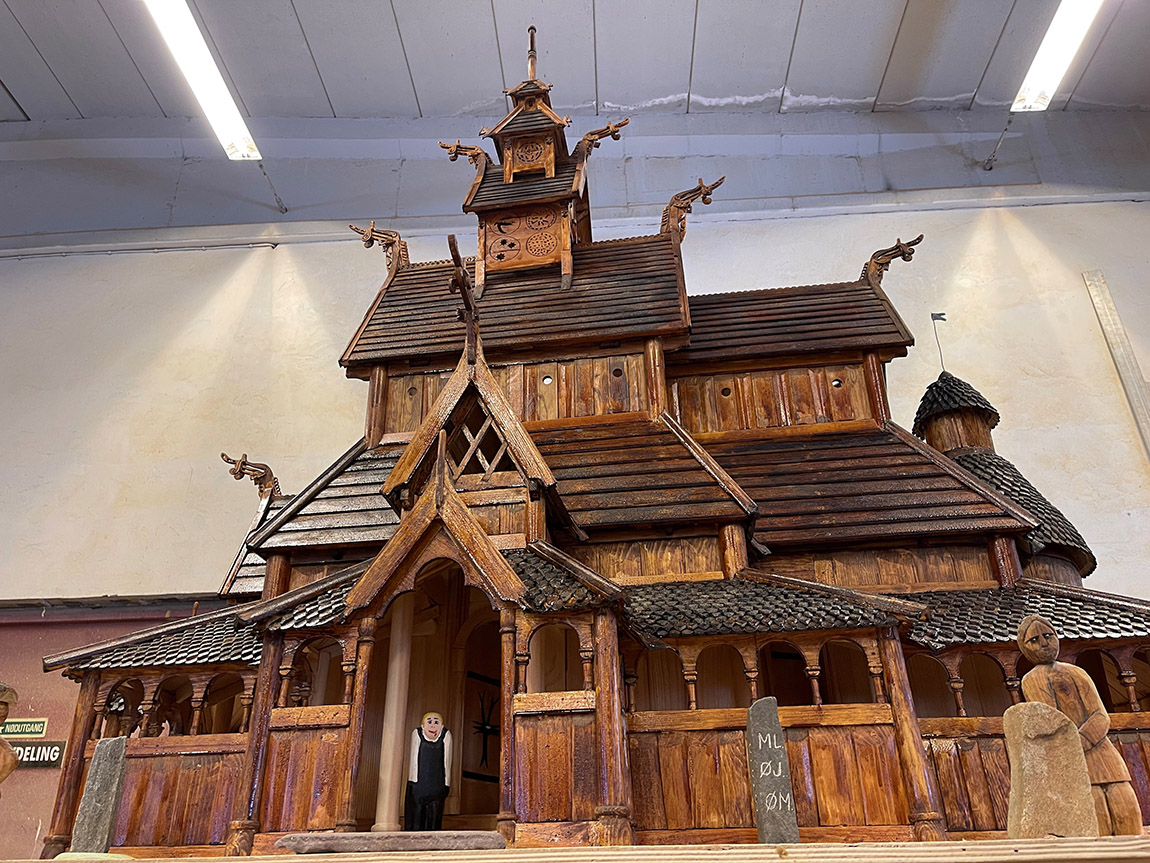
Stave church. Photo: Leonhard Jansen
The museum, which is otherwise known for its collection of traditional folk costumes (“bunad”) as well as locally crafted silver jewellery, is hosting a stave church exhibition this summer.
While in Valle, you may also want to take what is likely to be the most beautiful detour you will ever take in your life, across the Suleskarvegen to Stavanger in Western Norway. As the highest road connection in South Western Norway, it leads through amazing scenery and the views are well worth the extra time.
On top of the world in Bykle
Travelling north from Valle, you reach the innermost of the three municipalities, Bykle. As you arrive, make sure to stop at the Iron Extraction Museum to learn about iron production from the age of the Vikings and onwards. You will also want to pay the magnificent Old Bykle Church a visit. The church dates all the way back to 1620, and the ceiling is completely covered by traditional rose paintings, an adornment completed in 1826.
Most of all, however, it is time to really emerge in nature.
If you enjoy fishing, there are several opportunities for sport fishing, both in the river Otra and if you go mountain hiking. Adventurous souls might want to test their physique by rafting down the same river – a true adrenalin kick.
While Bykle, and in particular the Hovden area, is a skiing paradise in the winter, attracting both downhill and cross-country skiers to its slopes, the mountains are no less attractive in the summer. In fact, the very same slopes make for fantastic hiking paths.
You can either follow the old Viking road and learn about local culture and history as you go along, or you can take the ski lift to Storenos and follow the marked trails from there to the nearby peaks.
Once you reach the top, make sure to stop to catch your breath and look around. The view, mountains as far as you can see, is simply breathtaking and a suitable way to end a journey through a valley that knows both to take care of traditions and to adapt to modern demands.

Bykle old church. Photo: Hovden.com
en.visitsorlandet.com/about-visit-setesdal/
YouTube: www.visitnorway.com/placesto-go/southern-norway/setesdal
Subscribe to Our Newsletter
Receive our monthly newsletter by email

